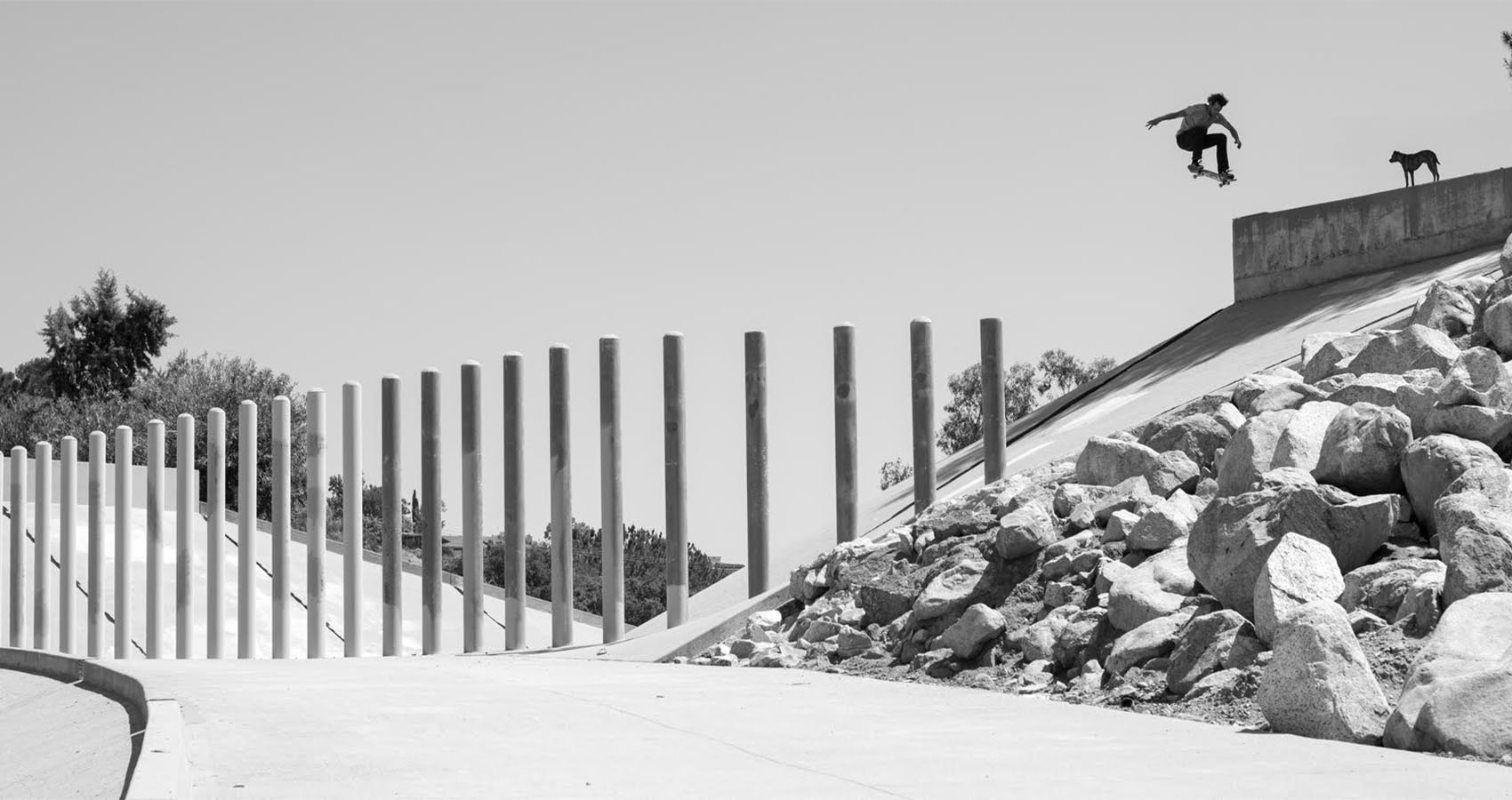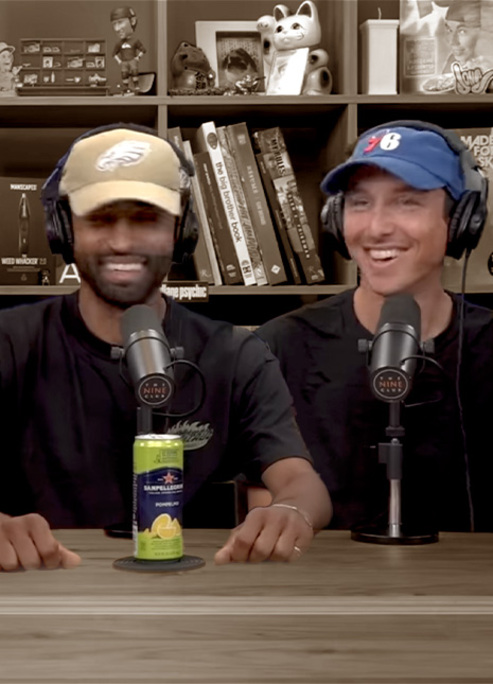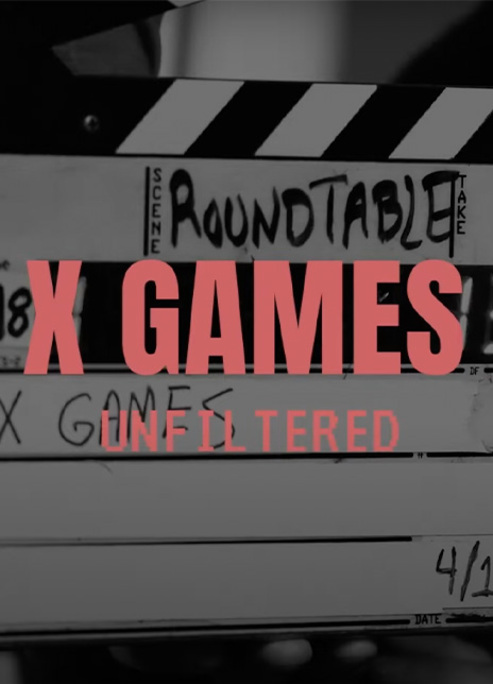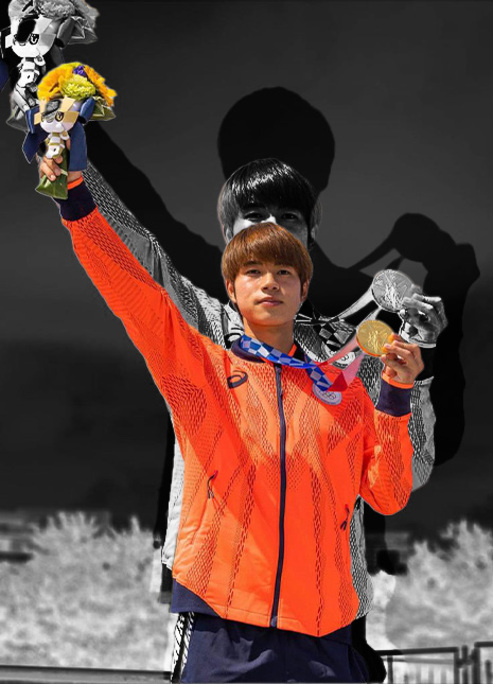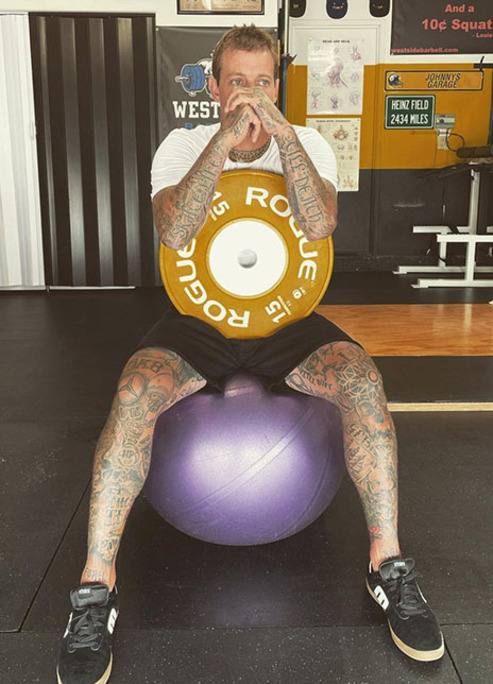Ryan Allan Talks About Being a Skate Photographer
Best known for his work with Analog and Gravis in their heyday, Ryan Allan is a photographer with a lengthy portfolio of portrait and skate photos for brands like Vans, Vice, Thrasher, ESPN, and Nike to name just a few.
In this interview, we find out what it means to take a good photo, meeting Justin Timberlake, learning slappy’s, being followed on Twitter by Obama, and much more.
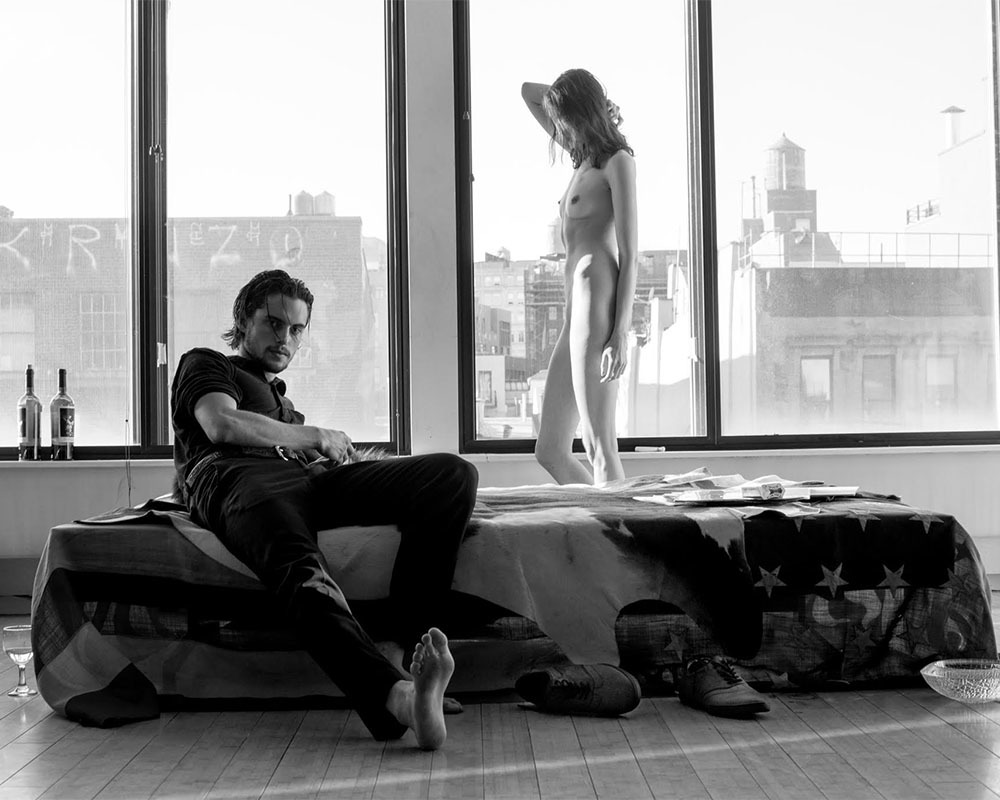
Ryan, thanks for joining me. How are you doing? Have you been impacted by COVID-19 much?
I’m sitting in front of computers far too often now, that’s for sure.
Yeah, me too. I don’t know if you’re the same, but I’m getting take out way more often, I am less active, and as a result, I’m not out in the sun as much. I’ve worsened my immune system significantly during a global pandemic. Not the best timing.
Yeah, oddly enough, right before COVID I was like, I'm gonna start running again.
I got like halfway through the year, running like 10km every couple of days. And then that started falling off because I started skating more, and then the skating makes it hurt to run, so I started skating more running less.
But I actually skate more now, probably than I did pre-COVID. Because pre-COVID I was going out shooting, and a lot of times, we're just at spots that I got no business skating on. Now that I'm not out shooting, and skating very often, I'm like, just going skating red curbs with my daughter and hanging out. Skating more, shooting less.
You got slappy’s on those curbs?
I only just learned them this year. Because I was like, I've got to learn this. Because like I said, I used to go skating with the pros and not wanting to bother, and then never talked them. And you have to actually commit pretty hard when you want to learn slappy.
Yeah the curbs here aren’t so good for slappy’s, and I just don’t get them.
Well, I learned that with slappy’s, you don't lean back, you smash your front truck, and lean heavy on the front truck when you hit the curb. That guides you into it. It goes against everything you learn when skating transition. It feels so unnatural. And then the moment you can do it, it becomes like second nature and just goes.
Do you have any other skate hammers?
I had a mini ramp in my backyard growing up, so I was kind of a mini ramp guy. So like, in the 90s, I could probably smoke most people on mini ramp. I learned a lot of lip disco. But hammers aren’t really my thing.
And what about music hammers? You had a band back in Canada called Sector Seven, were there any highlights from those days?
Yeah, we were nominated for Best Canadian independent music video for Much Music, which is like Canada's MTV.
So we went to the music awards and my claim to fame is like I got to say hello to Beyonce when she was in Destiny's Child.
Wow. That’s a life hammer.
Yeah, and while at the awards show we realized that we're not winning this thing, because we were up against like a rap group. And it was early 2000s. Like, punk rock was around, but Canada was definitely pushing hip hop, you know? So we're like, oh, hip, the hip hop group is gonna win for sure. So, we just started getting belligerently drunk.
And then N Sync went on stage to present some award, and I look away and look back, and our lead guitar player is like walking up on stage and puts his arm around one of the N Sync guys while they're presenting the award.
They quickly cut away to some music video, and then the security came in and tackled our guitarist, zip tied him and then he got kicked out.
Then there was an after party at this big club, and we’re waiting in a line for people that were nominated. As we're standing there N Sync walked in, saw us and they were like “yo! You’re the guys that jumped on stage!” And they shuffled us into the party with them.
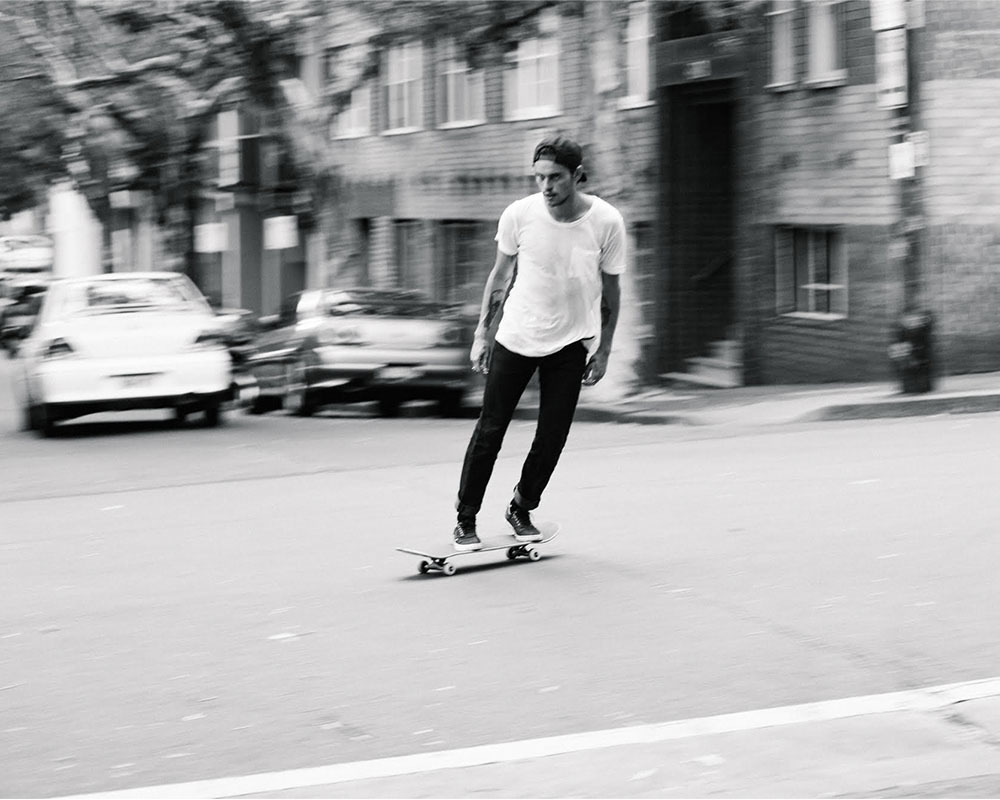
Damn you met J.T. too? That’s huge. I also noticed that Obama follows you on Twitter, what’s that about?
Dude, I have no idea. I just noticed one day that Barack Obama was following me. I mean, I was tweeting about him a lot back in the day. And it just like one day, I'm just like, looking at his Twitter, and it says ‘follows you.’ I'm like, What the fuck? But he follows a shit ton of people. So, it's not that crazy.
I wonder what his selection criteria is for people he follows.
Yeah, maybe I just early adopter and he was like, “oh, this guy's got my back.” Nah, I’m sure someone else handles his Twitter.
Okay, we should talk about your photography. What was your breakout moment?
I mean, I was there for kind of the beginning of Mark Appleyard. That was pretty big. I've known him since he was 11 years old.
I also went to college for fashion photography, and I had maybe two months left in college, and got a job offer from a Canadian magazine called vehicle magazine. And it was more of like, ad sales. But you could do everything else too, if you come work here. So I went and worked for them. And it only lasted like two or three months. And then the magazine went out of business.
So I went back to skating with my homies and Appleyard was one of them. I probably did like two years of just shooting him. And then another magazine asked me to be the editor. I told a friend of mine who edited a snow a big snowboard magazine. And I was like, “yeah, they want me to be the editor of this little magazine. What do you think I should do?”
And he was like, “dude, come in here and pitch this pitcher magazine to the publisher here.”
At the time the snowboard magazine was doing really well and the publisher was looking to expand into other sports. So I went in and pitched him and he's like, Yeah, let's do it. And so we started building out this magazine, and their ad team came back and said that the demand is so huge for this. It's gonna be like six times a year national magazine now. I had no idea what I was doing. But I was like, fuck yeah. When someone asks you something like that, you say yes.
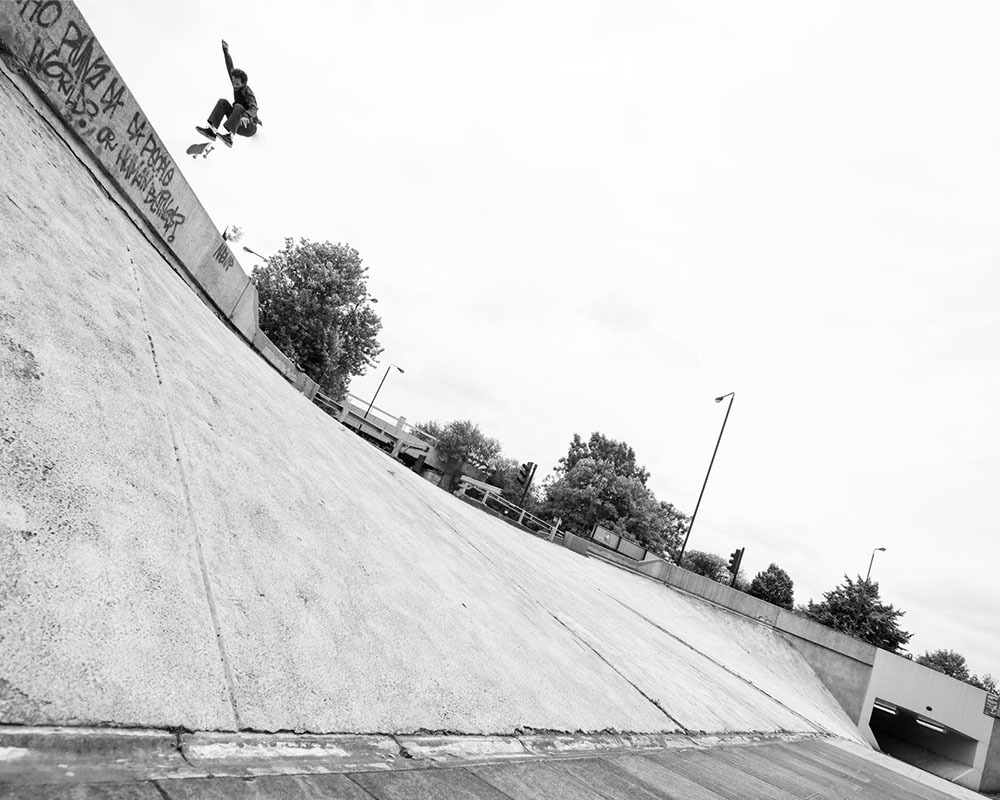
And were you doing everything? Were you shooting all the photos and editing everything?
I was shooting a lot of the photos, but luckily, because of my old contacts at the old magazine, I knew photographers all across Canada. That gave it a more national perspective. I mean, the first few issues were garbage, but you know, it got there pretty quick. And it was like massive one at the time when I left it was just as thick as a thick Transworld. Hundreds of pages.
Damn, that is a big break. How was working at the magazine compared with college?
I think the part of college that I liked was just to have a group of friends that like push each other and like, would be like, “bro, you can do better than that.”
I haven't had that since. Photographers are pretty isolated from one another, so that's the one part that like I really enjoyed in college was just having access to other photographers and seeing other people crush it. And then I would need to step up because my photos looked shit compared to theirs. You get this competitive thing, which is healthy for an artist, you know?
Yeah, definitely. I want to get back to you working alongside Mark Appleyard. So you're basically running a magazine. Since then, as your career has progressed, has there been a moment that was a highlight for you?
Definitely going on skate trips with really good people and being in a country that you’re in love with. That is the stuff that I can't really articulate to people. I'm most known for my days with Gravis, and with Dylan and stuff like that. And like, yeah, we shot some amazing stuff, but what most people don’t see is the time we were in a Spanish farmhouse for a month, like, an hour from any city. We got to hang out and have really good times together that there's no video of. There are no photos. But that stuff for me is like the best, best stuff I've ever done, you know, just having really good times in a far-off place.
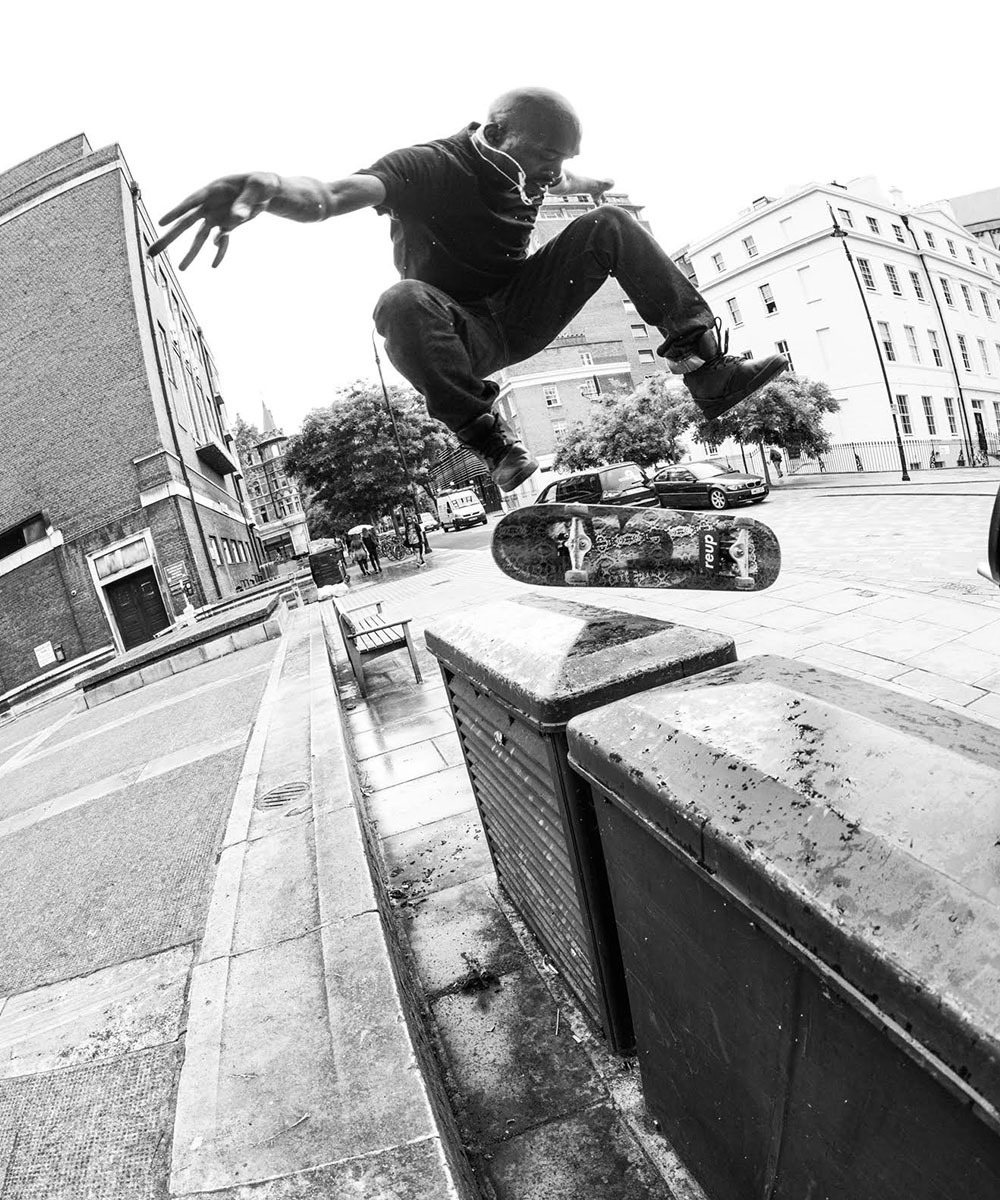
Do you have any favorite Analog or Gravis stories?
Man, there are so many, because it was literally like a crew of fucking psychos given no reins. Oblow, Arto, Dylan, Sammy winter. They're all they're all fucking nuts, and I love it.
I mean, I'll perpetually be mad at Burton for shutting it down. But I get it. We weren’t making enough money for them. But what they built, they didn't realize how good it was because it was like, that Dylan shoe never would have happened if someone was there going “no, you can't make that.”
Because of how free Gravis was, I realized the whole time that this shit is going to end because it was way too freeform and creative, and that never gets to play very long. You know?
Yeah, Gravis really made different clothing and shoes from most other companies, which is a rarity these days. It seems that creativity is running pretty dry in the shoe department.
Yeah exactly. When we were at Gravis, we asked ourselves, what's the point in making another Vans rip off? They’ve got it locked down. And what's the point of making another Nike Dunk, that's never gonna beat them?
So we asked ourselves, what does Dylan like to wear? What does Arto like to wear? What does Jake like to wear? And we let them do their own thing.
That’s what was different about Gravis. People say they design their shoes, but they don't. Dylan and Oblow designed that shoe. And Stefan Janoski designed his at Nike, he was one of the few who brought his own ideas to the table and his shoe sales went fucking crazy. Letting people do their thing is important. These are artists and skateboarders, and we're gonna just let them run and do their thing.
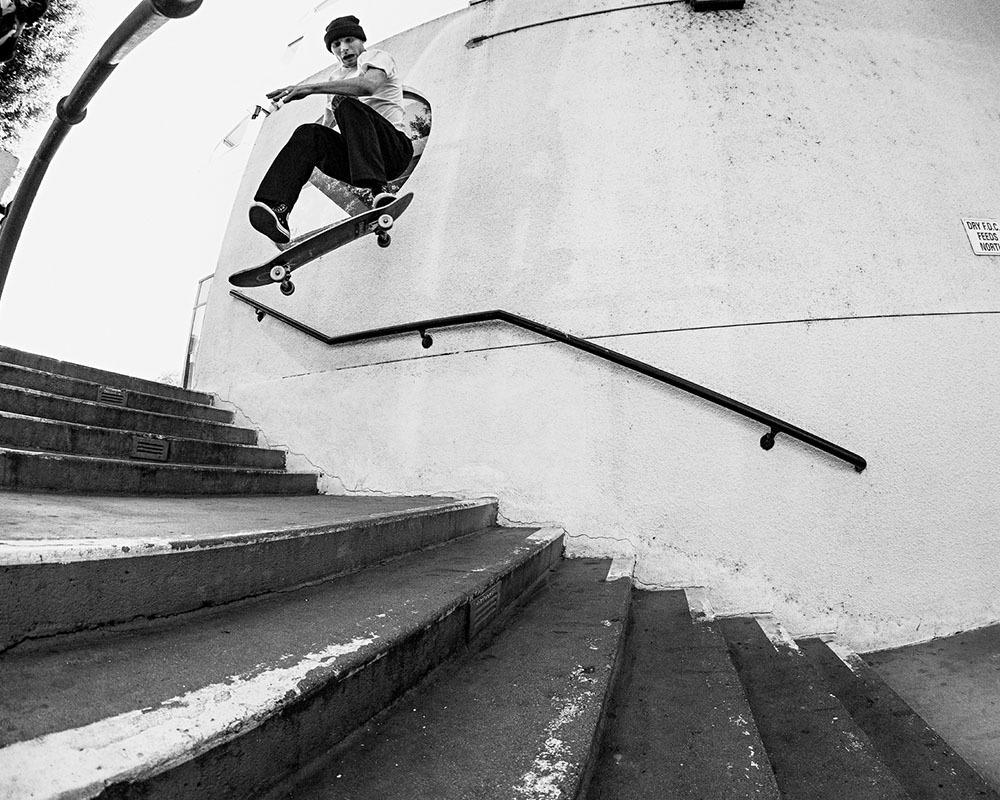
Another company you worked for that was pretty different was Asphalt Yacht Club.
You don't have to align me with that. Nah, so Stevie and Ben Norberg hit me up and were like, “Hey, we're gonna do this brand. And we really want it to be kind of upper-level rag and bone fashion and stuff for skaters with an eclectic team that we can pull from each skater.”
I thought that was a great idea, so I asked, what's it called? And they said Asphalt Yacht Club. And I was like, "No. Call it asphalt, just slim it down."
So from the beginning, I had an issue with the name. And I talked to Stefan, who was riding for them at the time, and asked “should I come in and do this?” And he said, “Hey, it's gonna be fun, and we get to hang out again. So let's just do it.”
I told myself, I’ll do it for a year, and if it didn't get better, I’d bail. From there it got so much worse. No offense to the guys that were running it out here in California, but it was completely run by money. And this is the exact opposite of what Gravis was. Asphalt told us what to do constantly and didn't listen to the skaters.
I left pretty quick because I could see the writing on the wall, this shit was wack and it's not going to get better. It was fun to hang out with all those guys and go on trips with such an eclectic mix of people and have an awesome time but definitely was not what they promised it to be. Kids could see it a mile away. “Oh, this is just a money grab.” It didn't work for that reason.
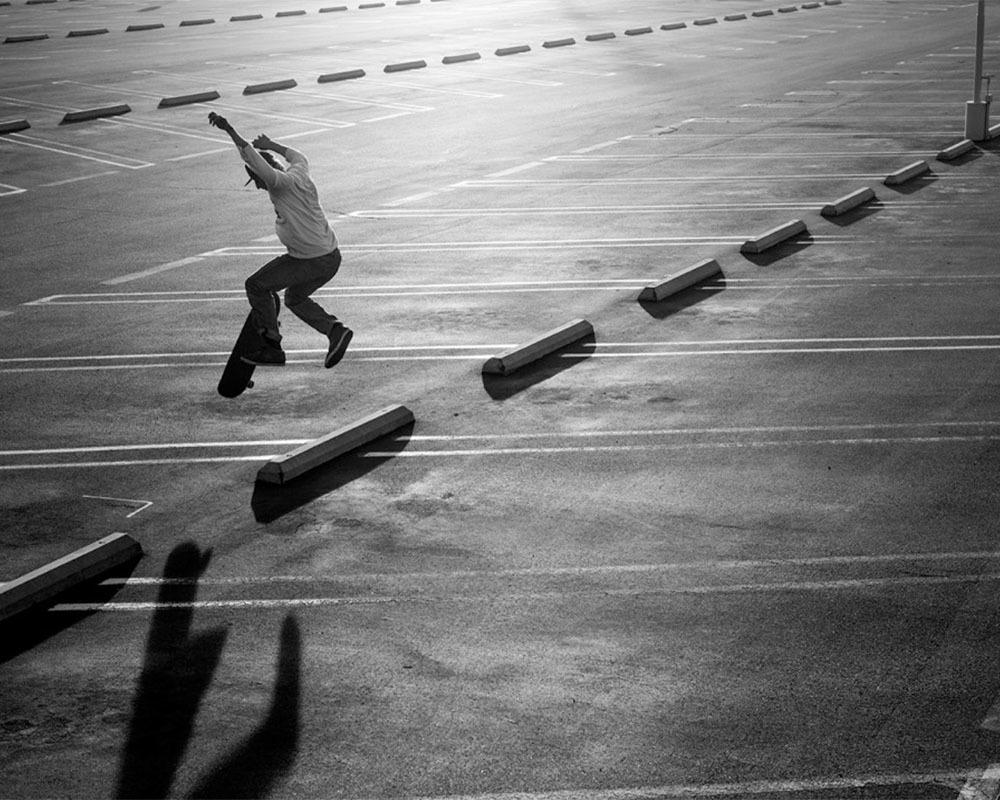
Yeah, there wasn’t really a common thread for the team either. I thought every skater on AYC was great in their own right, and it was cool that they were assembled for a team, but the collective vibe of the team didn’t make much sense. But back to photography. Did you have a favorite person to shoot throughout your career?
Dylan was a dream to shoot. He had ideas, and he had a deep reference of what he wanted. He was a photo fan. So he would look at like old rock and roll photo books and would pull inspiration from them.
So not only was he going to give me great photos every single time, but I'm also a project kind of person. I hate “one and done, never see that person again” shoots.
I really enjoyed what I did with Dylan just from hanging out with him and coming up with ideas and working on projects where we both got it. It was a fun togetherness.
Was Dylan a dream to shoot at the time? Or is this something you’ve realized in hindsight?
When I first met him, it was when I started working with Gravis and he was going through a pill addiction. He wouldn’t even talk or skate, so I initially thought “this guy is boring.”
Then he got clean after the alien workshop video came out and I got to see who he really was. Then, as his Gravis part started coming together I was like, “holy shit, this is about to change everything.”
Then I saw the attitudes change toward his shoe after that. Before, everyone was like, can you even skate in these? And once his part came out, he wasn’t just skating in them, but he was skating better than everybody.
Yeah, and then everyone started to dress like him. And they copped a lot of shit for it too.
Yeah, I used to always trip out on that. There are inches of difference between one article of clothing being okay, and another being wack. Skaters are just so critical. But I also thought that them talking shit is probably a good thing, because there's nothing worse than just being forgotten.
Skateboarders have this rule that you're only allowed to do skateboarding. And that's it. That’s why I love Alex Olson. He does so much stuff. He's got his brain on a million things. I love that because if you just focus on skateboarding alone, it’s such a shallow life.
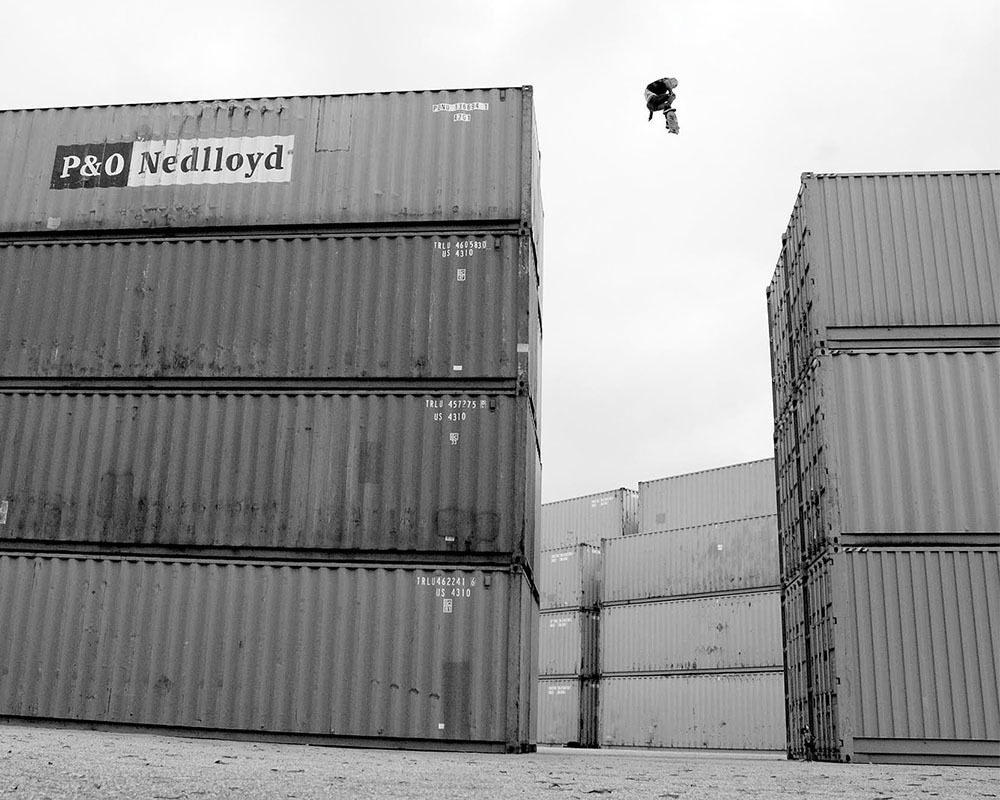
Yeah, it’s funny especially because skateboarding professionally has such a short lifespan, and if you don’t multitask, you’re flipping burgers at like 35. But back to photography, what is the key to taking a good photo?
I think it's there's there are two types of photos, right? There's the type of photo that's good because the person that's in it is going to look amazing no matter what you do. And that is the majority of photography. It’s about everything before the photo is taken. Getting the right person, the right outfit, the right location… this is why it’s hard to just point your phone at something and take an amazing photo because good photos usually have a massive amount of pre-production behind them, you know?
A lot of times, my favorite photos are just essentially snapshots, but the person in it is fucking incredible. Or, you know, like, my favorite work by Annie Leibovitz was when she sucked at photography, but she was with the Rolling Stones doing blow all day. Her photos were insane.
Anyone could have done it if they could have kept up and partied like the Rolling Stones, but no one wants to do that. We all have the most insane equipment now to do it, but it still comes down to what you put in front of the camera.
For example, I suck at street photography. But if I'm a skate spot, I can lay there on the ground for a few minutes and pre-cut everything in my head, like, okay, that's going to be there, that’s going to be here. And a good photo can be ruined if the skater shows up in the weirdest gear that doesn't fit the spot. Even if the shirts the wrong color.
There have been lots of times where I have this photo in my head. We get to the spot and it's a cloudy day and the person has a white t-shirt on and the white of the sky in the background. They're gone. And vice versa, if it's at night, and someone shows up in all black like Heath Kirchart, you're like, "Oh my god, what am I going to do here?" And you've got to figure it out.
So I think a lot of it is if you just had the coolest looking person in the coolest clothes in the most whatever location but you got close and fill the frame with all that cool. You have a good photo.
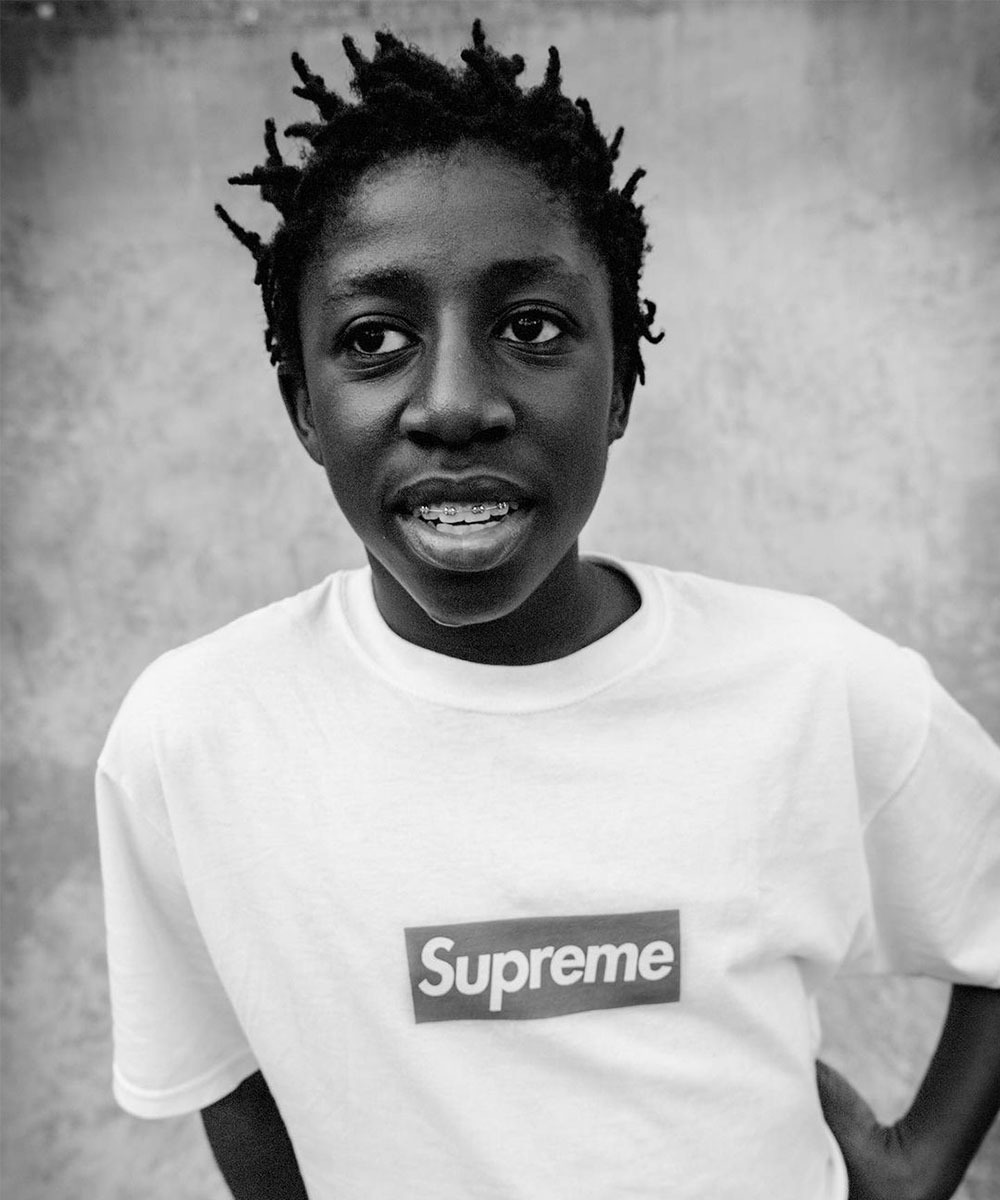
Do you ever bring clothes to a photo for a skater to wear, to match the spot they’re skating?
Yeah, I did in the past. Now, I think a lot of people now put much less effort into it than they used to, just because I think now the incentive is far less. Maybe the photo ends up on Instagram, so do you really put that much effort into that Instagram photo?
When magazines were still big and you were shooting for Thrasher, you might be shooting someone do a trick over a red fire hydrant. If you have a red shirt on, it would look insane.
For example, I was working on something with my buddy Julian for Vans and we decided that he needed to have a yellow blank board. We had this 90s photo that we really liked and tried to recreate it. And we're like, okay, it's a yellow blank against a blue sky, and they both pop. We were dissecting it and getting down to that. It's super important to do that stuff, but I'm also leery of telling kids what to do. Because I think sometimes they have a vision themselves. And I don't want to take away from that, you know?
Yeah, a big part of skateboarding is personality. Bam Margera wasn’t the world’s greatest skater but he sold a lot of boards. Is there anything outside of skateboarding that you want to shoot photos of?
I really love shooting portraits of interesting people. That's what I like to do. I like fashion. I like to do fashion stuff. But I think the fashion photography stuff is so cutthroat that I'm not too interested in playing that game with them. But, you know, if I get to shoot something for a fashion house, I like to do that because it’s still the most creative work you can do as a photographer. Like, editorial fashion, even commercial fashion, is more creative than other photography in most cases. Most skate ads now are just like, Billy holding his new shoe. That's the worst form of photography. So I'd much rather do something creative. I just like doing creative stuff.
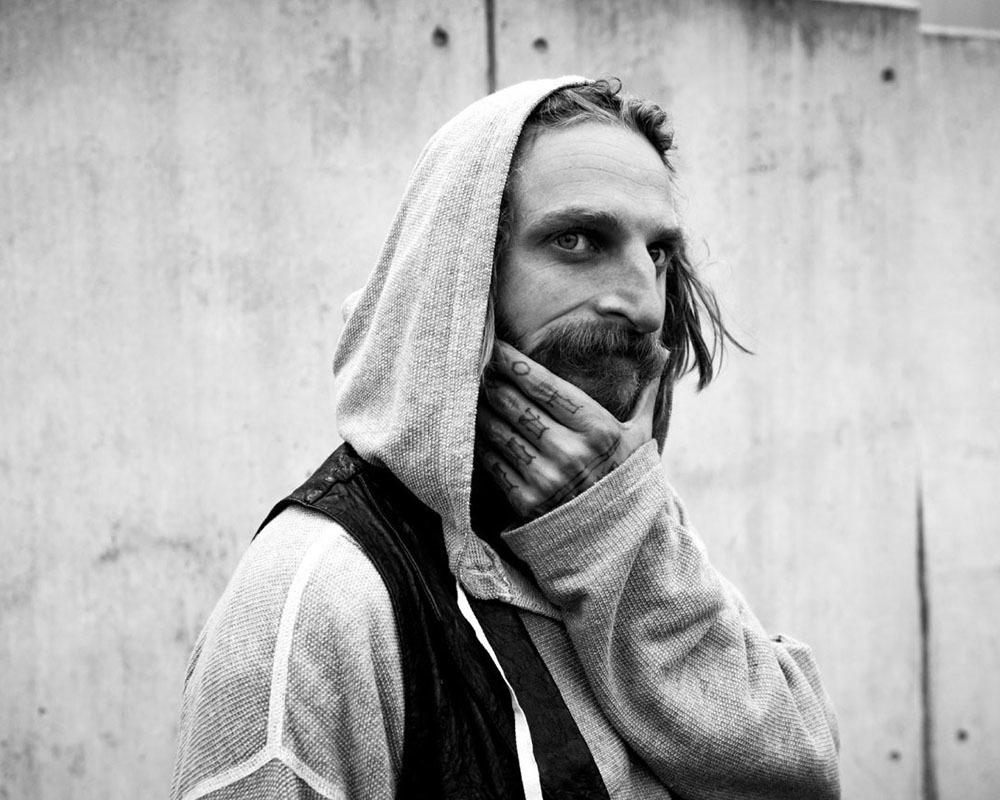
And Is there anything that you're working on the like excited for people to see?
I have a clothing brand called FACT., and we have a collab with X-Girl, which was Kim Gordon and Sofia Coppola's brand and Spike Jonze used to do all the ads. As a 90s kid, it was the coolest shit. So I designed a bunch of shirts for X-Girl with FACT. I did a project with Lotties Skateshop for Monster Children magazine. I did a portrait series of all the kids that work in the store. And that was really cool.
You can find more of Ryan’s work on Instagram at @Ryanallan and follow his clothing company @Factbrand.


